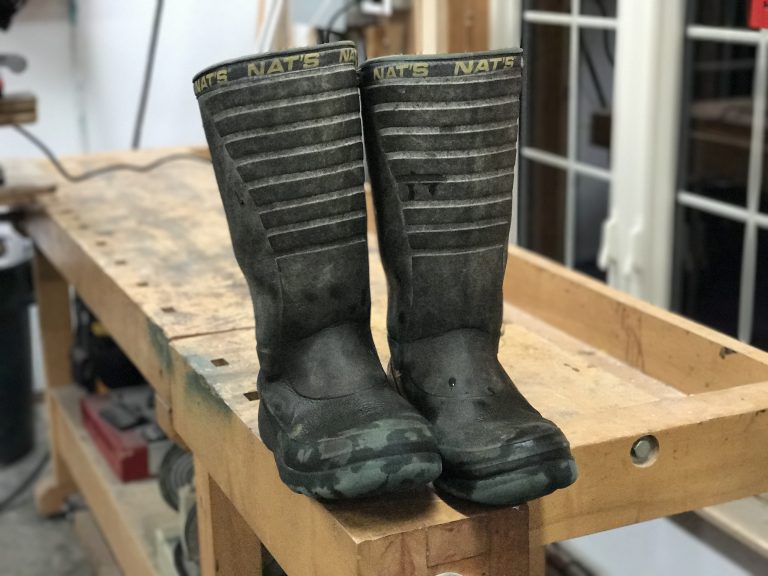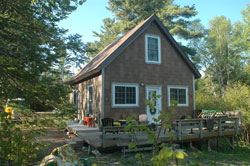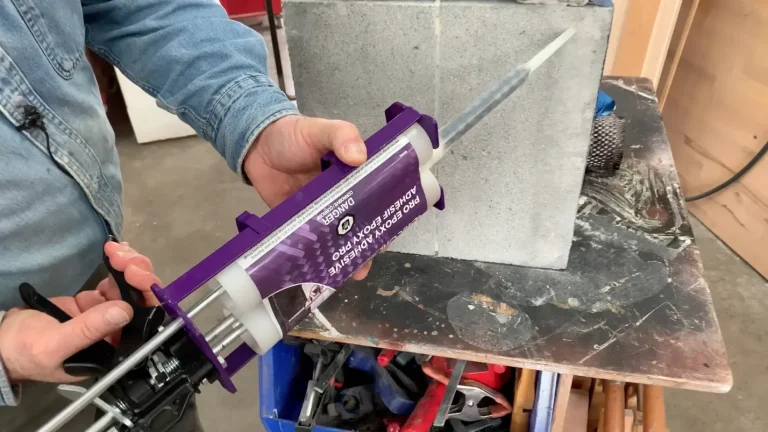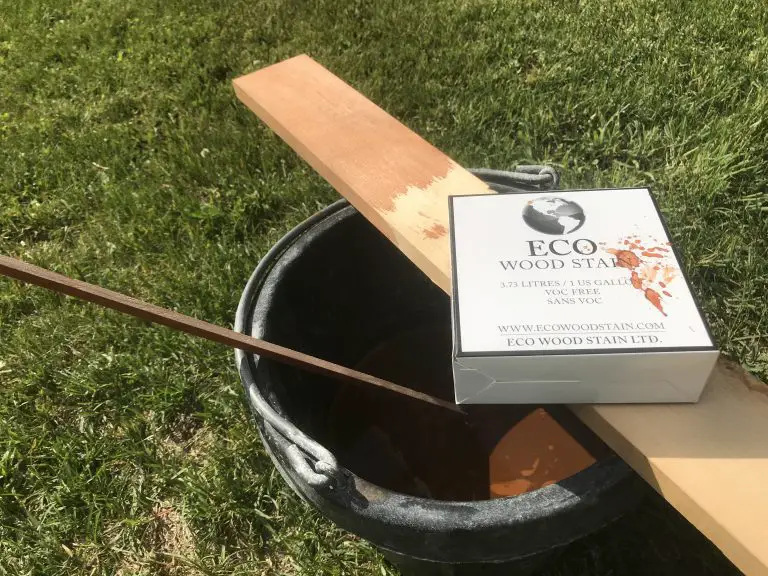
The first time I saw spray foam insulation in action was in the winter of 1988, while working as a carpenter on a commercial construction site. I’ve been impressed with this stuff ever since. Over the years spray foam has slowly earned growing acceptance in more and more residential projects and there are good reasons why. Spray foam delivers amazing energy performance because it does three things well:
- it seals perfectly to limit air leakage into your home
- it delivers significant insulating value that does not decline with temperature differences
- it solves moisture and condensation problems in cold climates like nothing else can.
In fact, spray foam is the only reliable choice for some very common insulation challenges. But as good as all this is, people are afraid of spray foam these days. I see it every time I recommend the stuff. And the crazy thing is, knee-jerk fear of foam is not only unfounded, it also keeps people from enjoying more comfortable, more economical houses.

Spray Foam Experiences
Much of North America is a place with wide seasonal temperature swings. This gives us the incentive to be leading innovators of air sealing and insulation technology. One company I’ve had long experience with has done just that. Icynene (icynene.com; 800-758-7325) is a firm that developed a unique, water blown, high performance type of spray foam 30+ years ago. It hit the market in 1986 and I first recommended it in 2005. That’s when my parents-in-law dealt with a long-standing wintertime condensation problem in an unheated attic storage area off an upstairs bedroom. Warm air would creep around the door into the storage area during cold weather, forming condensation and frost on the underside of the roof sheathing. Warm weather eventually melted this frost, causing water damage to the rooms below. Icynene spray foam solved the condensation problem by turning the former-cold space into a heated part of the house. Warm indoor air never came in contact with cold surfaces any more, so no frost formed and no water appeared. This is just one example of how spray foams such as Icynene works, but it’s a classic example of what happens when you combine the ability to seal out air movement along with high insulation values.
One Place Where Spray Foam is Only Option
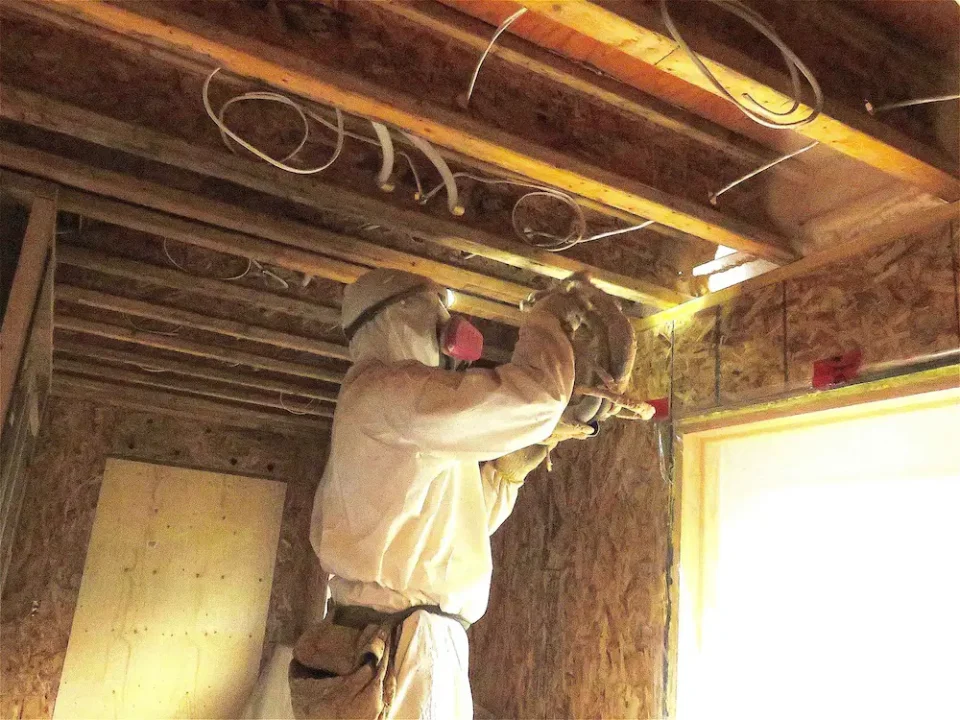
Rim joists are another area where spray foam is king. The rim joist is that part of your home where the edge of a floor frame meets an outside wall. You’ll find rim joist situations at the edge of the ceiling of every basement, and in every home with more than one above-ground level. The challenge with rim joists is air sealing. With all those floor frame members meeting the outside wall, there’s no way to seal conventional insulation behind sheets of vapour barrier plastic, as done elsewhere. Nevertheless, many home builders try anyway, resulting in condensation and hidden mould growth. Spray foam seals and insulates rim joists all in one go, so there’s no risk of condensation.
Is Spray Foam Safe?
While all this sounds well and good, nothing matters if spray foam ruins your health by making your home toxic, right? This is where people get unnecessarily fearful, especially when sensation-driven news media deliver half-truths about spray foam in general. So what’s the complete truth? While I can’t speak to all the different spray foam chemistries out there, one reason I recommended Icynene to my parents-in-law was because it’s a water blown product that has such a safe track record. Five different international testing organizations have verified no off-gassing from the product.
Necessity isn’t always the mother of invention, but when it comes to keeping comfortable and warm in climates with wide temperature swings, we’ve learned a thing or two about how to do it right.
Do you understand the difference between open cell and closed cell spray foam? Click below to watch a video tutorial explaining the difference and why it matters.
- Video Watch Time = 9 minutes









